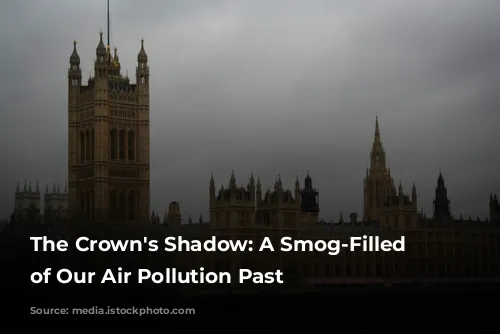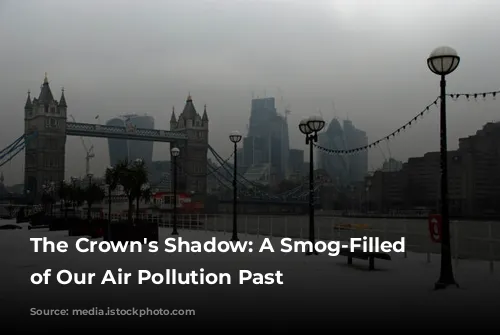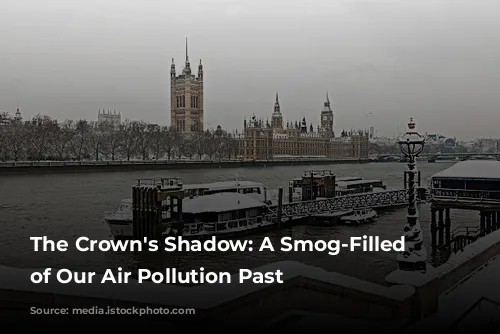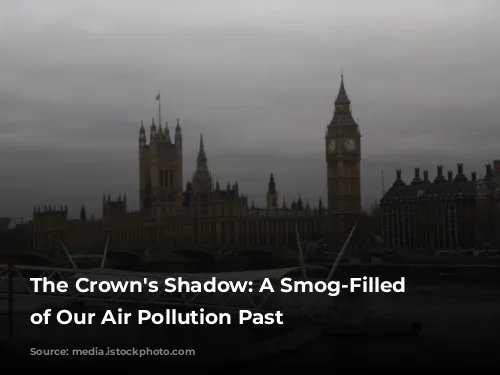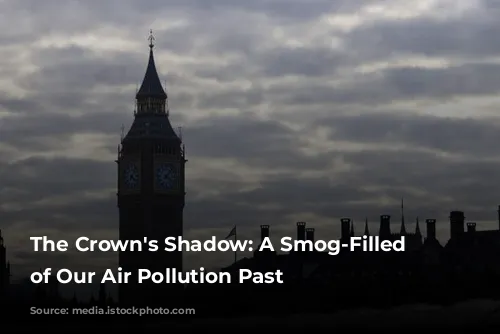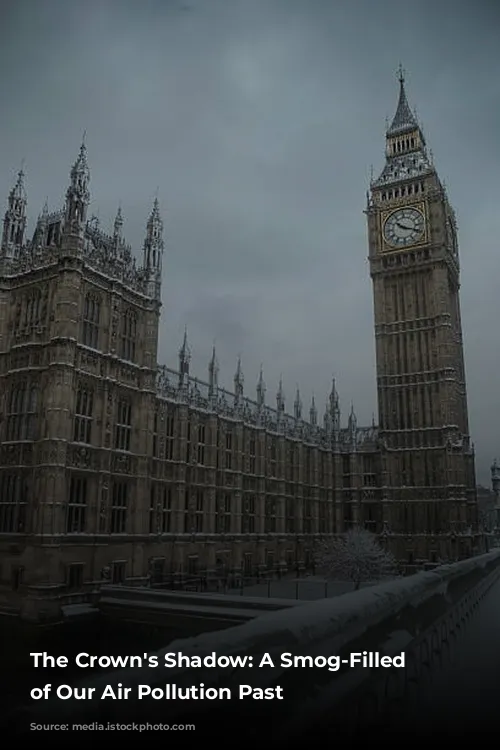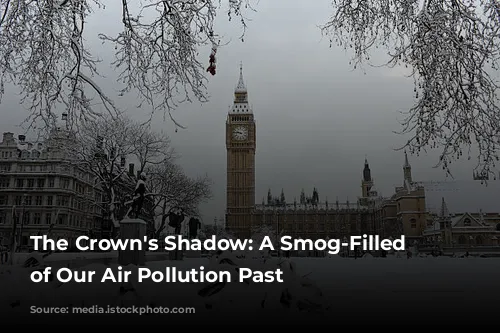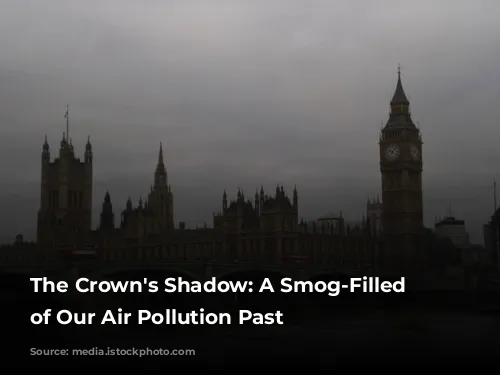The Netflix show, “The Crown,” is attracting viewers who are witnessing a chilling scene from London’s past: the Great Smog of 1952. During this devastating event, thick fog laced with air pollution choked the city for five days, tragically claiming thousands of lives. The show captures the bleak atmosphere, with people navigating the streets with torches, coughs echoing through the air, and a haunting melody of Mozart’s Requiem in D Minor playing in the background.
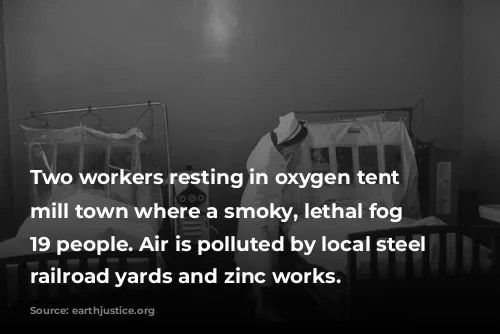
A Dark History: Learning From Tragedy
The show’s portrayal of the smog serves as a stark reminder of the consequences of uncontrolled air pollution. It also sheds light on a lesser-known tragedy, the Donora Death Fog of 1948, which took place in Pennsylvania. Both events were deeply disturbing and shook the world.
These tragedies sparked a vital shift in the United States and the United Kingdom: a renewed focus on the seriousness of air pollution and the need for stricter regulations. This realization paved the way for the landmark Clean Air Act in the U.S. and the Clean Air Act in the U.K., which form the bedrock of Earthjustice’s continuing fight for clean air. While these laws have prevented another city-wide smog disaster like those in Donora and London, air pollution still claims thousands of lives each year in the United States.
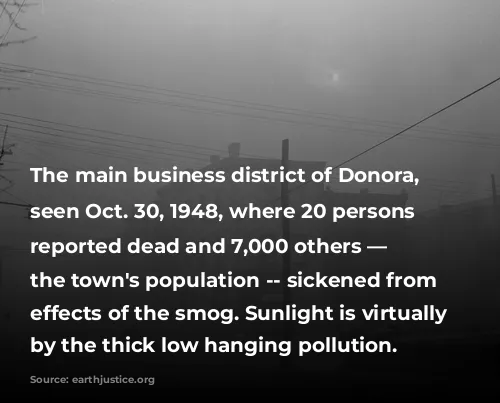
Political Denial and a Historic Response
In “The Crown,” the government’s response to the smog is portrayed as one of denial and apathy. The cigar-chomping Prime Minister, Winston Churchill, dismisses the concerns of his advisors, echoing the dismissive attitudes towards climate change we see today.
However, the show also highlights the political pressure that ultimately led to action. The government, aware of the dangers after witnessing the Donora incident, was forced to address the issue.
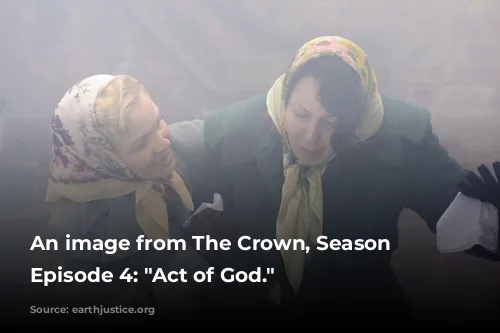
Turning the Tide: The Legacy of Clean Air Laws
The U.S. and the U.K. both took decisive action, enacting national laws to regulate air pollution in the 1950s. The Clean Air Act in the U.K. made it illegal to release dark smoke from chimneys, forcing homes and industries to upgrade their pollution-producing equipment. This resulted in a visible improvement in air quality.
The Clean Air Act in the U.S., passed in 1970, authorized standards for air quality and created the Environmental Protection Agency (EPA) to oversee its implementation. This landmark law brought about significant change.
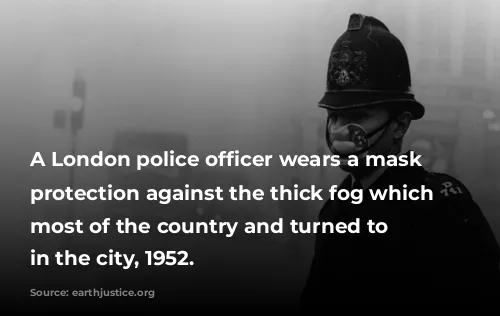
A Long Fight for Clean Air: Earthjustice’s Role
From its inception, Earthjustice has been a leading voice in the fight for clean air, holding the government accountable for enforcing the Clean Air Act. This fight has yielded remarkable results: tighter controls on harmful pollutants, the recognition of greenhouse gases as a threat, and stronger air quality plans for cities across the country.
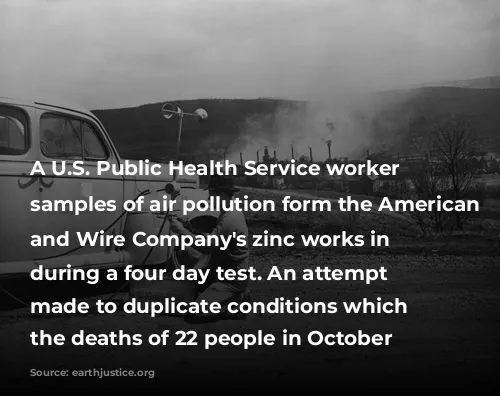
A Legacy of Progress, A Call for Action
Thanks to the Clean Air Act and the tireless efforts of organizations like Earthjustice, Americans today are largely oblivious to the horrors of the Donora Death Fog and the Great Smog of London. The act has significantly improved our air quality, adding years to the average lifespan.
Despite this progress, the battle for clean air continues. The Trump administration weakened clean air protections, jeopardizing the progress we have made. The fight for clean air remains critical, as air pollution still claims nearly a quarter million lives annually in the U.S.
The legacy of the Great Smog of London and the Donora Death Fog serves as a stark reminder of the devastating consequences of air pollution. We must not forget the lessons learned from these tragedies. Let us continue to advocate for strong environmental regulations, ensuring a healthier and cleaner future for generations to come.
